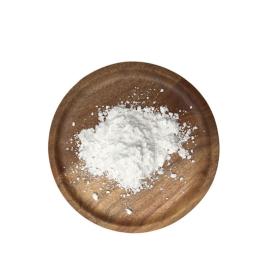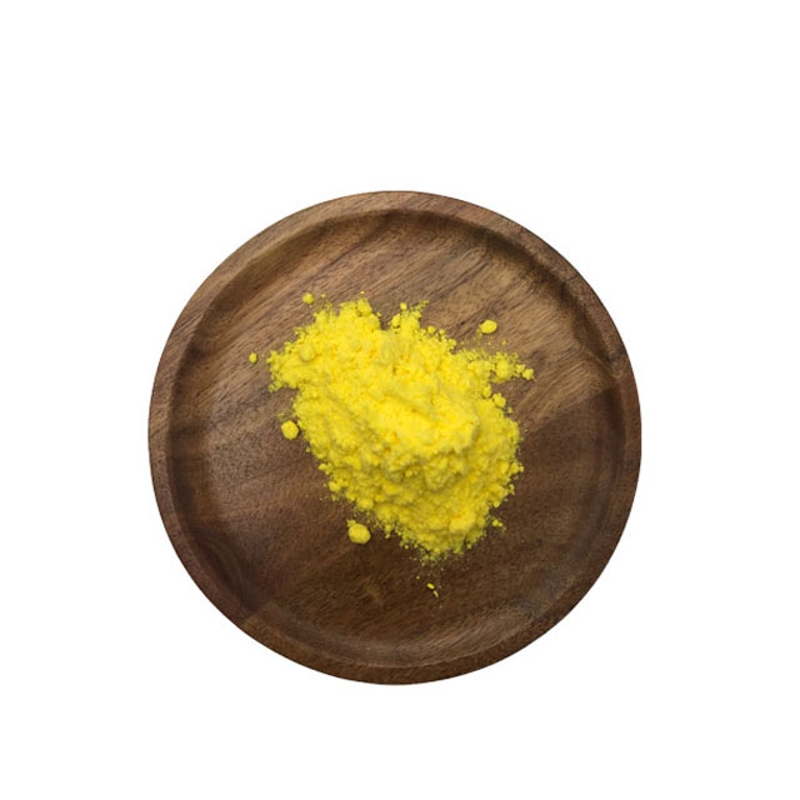-
Categories
-
Pharmaceutical Intermediates
-
Active Pharmaceutical Ingredients
-
Food Additives
- Industrial Coatings
- Agrochemicals
- Dyes and Pigments
- Surfactant
- Flavors and Fragrances
- Chemical Reagents
- Catalyst and Auxiliary
- Natural Products
- Inorganic Chemistry
-
Organic Chemistry
-
Biochemical Engineering
- Analytical Chemistry
- Cosmetic Ingredient
-
Pharmaceutical Intermediates
Promotion
ECHEMI Mall
Wholesale
Weekly Price
Exhibition
News
-
Trade Service
Mediastinal Hodgkin lymphoma (HL)
Mediastinal Hodgkin Lymphoma
Overview:
Image representation:
differential diagnosis
(Left) HL, PA chest x-ray shows widened mediastinum, larger than 1/3 of the thoracic transverse diameter, consistent with lymphadenopathy, indicating a poor
prognosis.
(Right) In the same patient, NECT (top) and PET/CT (bottom) show a uniform mass of anterior mediastinum density, significant uptake of FDG, and right paratracheal lymph node involvement
.
(left) Nodular sclerosis classic NL, PA chest x-ray shows lobulated enlargement and widening
on both sides of the mediastinum.
(Right) In the same patient, CT shows a large heterogeneous mass in the anterior mediastinum, and low-density areas are often associated with
cysticles or necrosis.
However, this presentation is independent
of disease stage, distribution or degree, cell type, presence or absence of massive enlarged lymph nodes, or prognosis.
(Left) Nodular sclerotic HL, PET/CT images before (left) and after treatment (right) show a marked improvement
in FDG activity despite residual mediastinal enlarged lymph nodes after treatment.
(Right) Nodular sclerotic HL, CECT and PET/CT before (left) and after chemotherapy (right) show extensive anterior mediastinal enlarged lymph nodes, and residual HL appears as a localized FDG-uptaking zone
.
(left) Nodular sclerotic HL, x-ray shows right anterior mediastinal mass, hilar overlapping sign
can be seen.
(Right) In the same patient, CT shows a solitary mass in the right anterior mediastinum, immediately adjacent to the lung, and in this particular case, it is difficult to tell whether the mass originated in the lung or extends into the lung parenchyma
.
Mediastinotomy is necessary
to clarify the diagnosis and localize the lesion.
(left) A PA chest x-ray of an HL patient receiving radiotherapy shows multiple enlarged lymph nodes
with massive calcifications in the mediastinum.
(Right) In the same patient, CT shows calcification of mediastinal lymph nodes and radiation fibrosis
of both lower lobes of the lungs in the radiation irradiation field.
Typical HL lymph node calcification after treatment is diffuse, irregular, or eggshell-like
.
Mediastinal non-Hodgkin lymphoma (NHL)
Mediastinal Hon-Hodgkin Lymphoma
Overview:
A group of malignant solid tumors from B-cell, T-cell, NK cell lymphoid tissue:
Image representation:
Differential diagnosis:
(Left) Primary mediastinal large B-cell NHL and superior vena cava syndrome (SVC syndrome), PA chest x-ray showing diffuse enlargement of the mediastinum on both sides with marginal lobes
.
(Right) In the same patient, CECT showed a large anterior mediastinal mass (>10cm), uniform density, obvious mass effect, superior vena cava fissure-like, tumor involvement in the cavity (straight arrow), resulting in SVC syndrome
.
Despite their large size at diagnosis, these tumors tend to be early-stage disease
.
(Left) PA chest x-ray shows primary mediastinal large B-cell NHL as a large anterior mediastinal mass with lobes
at the edges.
(Right) In the same patient, PET/CT showed significant FDG uptake of anterior mediastinal mass, central necrotic area, bilateral supraclavicular lymphadenopathy
.
When adjacent lymph nodes are involved, distant lymph node involvement suggests that mediastinal large B-cell NHL is diffuse rather than primary
.
(Left) Follicular NHL, CECT showing mediastinal soft-tissue mass, enclosing the aorta and adjacent vertebral bodies, and trachea displacing
anteriorly.
(Right) In the same patient, PET/CT shows high uptake
of FDG.
Follicular lymphoma is the most common form of indolent NHL
.
Despite the widespread disease, affected patients are usually asymptomatic
.
In 10-70% of patients, follicular lymphoma can progress to diffuse large B-cell NHL
.
(Left) Primary mediastinal T lymphoblastic NHL, large anterior mediastinum mass, with central necrosis, left pleural effusion
.
(Right) Diffuse large B-cell NHL with mediastinal involvement, coronary PET/CT showing enlarged lymph nodes
with significant uptake of FDG in the neck, chest, abdomen, and pelvis.
Diffuse NHL is more likely to present as a generalized disease
than primary mediastinal NHL.
(left) Diffuse large B-cell NHL mediastinum involvement, with anterior and left internal breast lymph node enlargement and moderate left pleural effusion
on NECT.
(Right) The same patient, multiple swollen lymph nodes in the paracardiac space, bilateral pleural effusion
.
Note that although the lesions are extensive, the anterior mediastinal lesions in this case are less pronounced
than in the primary mediastinal NHL.







